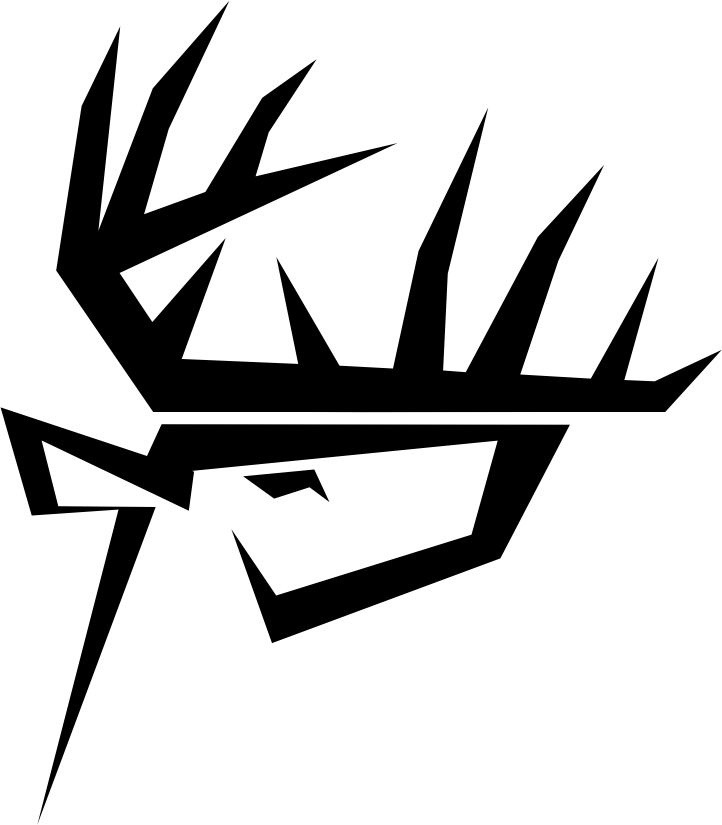HUNTING THE RUT WITH HISTORICAL DATA
November 10th, 2023
By: Alex Comstock (@whitetail_dna)
The greatest month of the deer hunting calendar is officially upon us. There is nothing quite like hunting the rut. Between bucks fighting, chasing does, making rubs and scrapes, there’s truly nothing on this world quite like it. In this blog post, I want to specifically talk about how you can utilize past year’s information to place yourself in the best spot possible for a mature buck as we wind through the rut.
What Property Are You Hunting
For any of this to work, you need to be able to hunt the same property for more than one year. If you’re hunting a piece of ground this year for the first time, take everything you learn from here to apply it to the years ahead. Learn what you can on the fly, but always have your thoughts in the future as well. The longer you hunt a property, the more you can learn, and the whole point of hunting based off historical data is to be in the right spot ahead of time, opposed to chasing your tail like a lot of hunters do. So how do you do that is the biggest question.
Trail Cameras
Trail cameras and trail camera data is always where I start when it comes to helping learn a property during the rut for the years ahead. So, let’s say you are hunting a small piece of private land that you’ve hunted for the last three years. You’re going into November trying to decide when you should sit certain spots. Go back and look at previous year’s trail cameras pictures (assuming you’ve saved them) to see what you can learn. Are there any small windows where activity was highest in daylight? Are there any weather correlations you can find? The more you can put together, you can make assumptions about what the deer will do this year, and hopefully you can get into a spot before it’s hot and not after.
Now let’s say you’re hunting a new property, or maybe it’s a property you’ve hunted for a while but there’s a buck you know you’ll want to hunt next year. This is actually a great example of something I’ve got going on to share. I’ve got a piece of public land I’ve hunted for years, but I tagged out in early October. There’s a buck that if he’s alive next year, I know I’ll want to target. So, opposed to just leaving the property because my tag is filled, I instead deployed a bunch of trail cameras in areas to see when this buck I’ll be after is in certain areas. I’ll leave the cameras until mid-December at least, then pull them and go through the SD cards at the end of the year and hopefully they’ll give me some good information for next year.
Log What You See
Trail cameras are great and everything, but nothing replaces what you see while hunting. But it can be very easy to forget what you saw and when you saw it. I like to log everything (I just do it in the notes section of my phone) when I’m hunting. This can be particularly helpful in the future as you’re getting into the rut and can look back at your notes. Don’t just log what you see though. Log your location, temperature, wind speed and direction etc. You may be able to pick up on obvious tendencies and then can combine that with your trail camera data to formulate a great November plan.
Another great example is a small piece of timber we hunt in North Dakota. Throughout the land handful of years, through trail cameras and logging our hunts, we’ve pinned down not only the best couple spots on the property, but the best window to be out there. This piece, we know to be there between November 5 th and 15 th . During that ten-day window, bucks show up that we don’t see all year, and there’s always a handful of big mature bucks. I know where I’ll be come November 5 th this year.
Conclusion
When it comes to the rut, historical data can sometimes be your best friend. If you’re trying to hunt just based off current sign or trail camera data, you can find yourself chasing your tail and be behind the eight ball. Historical data can help you get ahead of the game and might just help your chances of putting a great buck on the ground.





